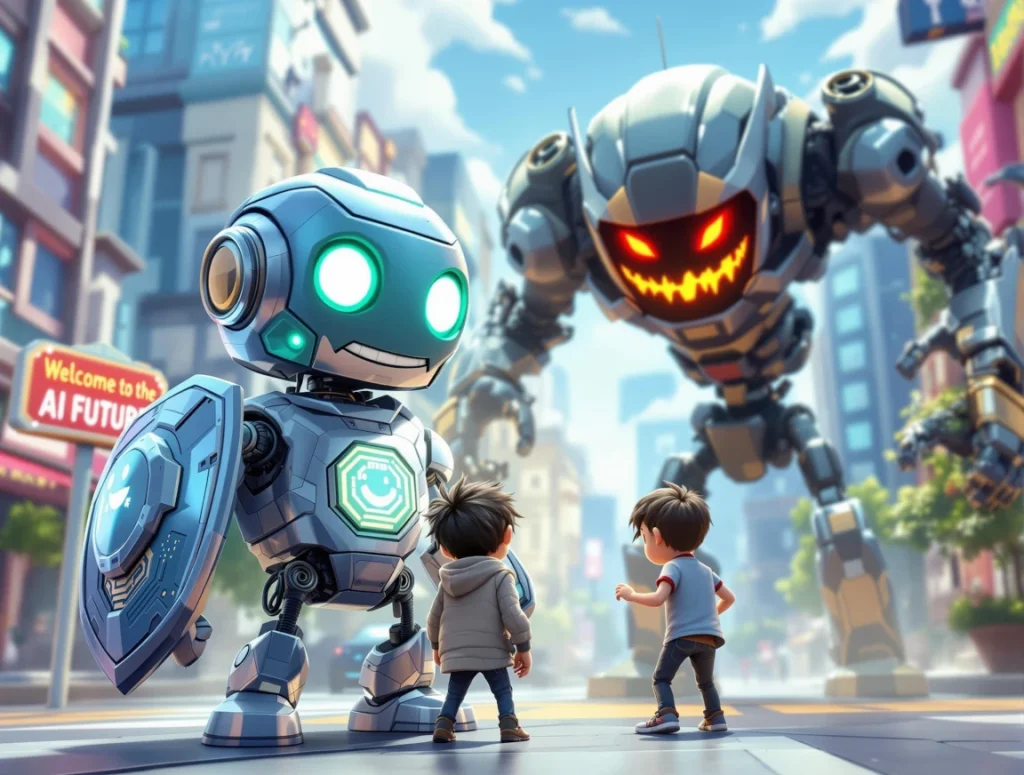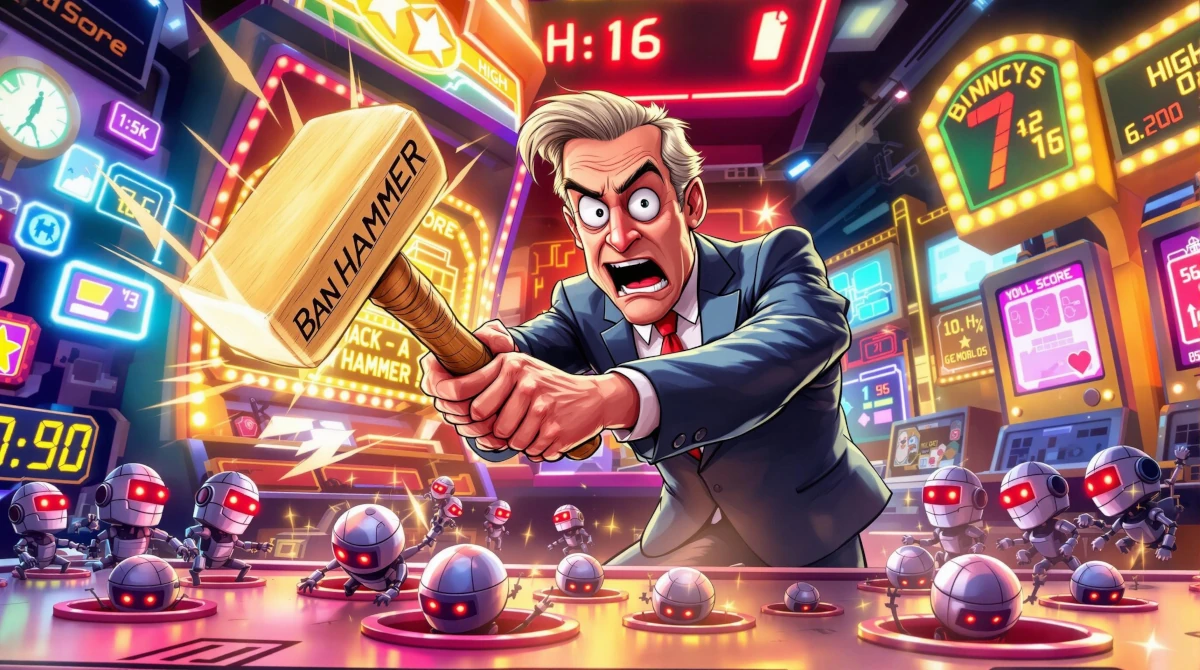In the preceding parts of this series, we’ve unraveled a sobering truth: the notion of “regulating AI” in the traditional sense is largely a political fantasy. The genie is out of the bottle, embodied by powerful open-source models flourishing on countless local machines. Watermarks are ephemeral, filters are bypassable, and the core capabilities of AI – whether for creation or manipulation – are already widely accessible. We’ve explored the profound societal implications of this, particularly the “crisis of reality” that deepfakes and advanced synthetic media pose, threatening not just information but our very psychological landscape.
So, if we cannot effectively control the technology itself, what then? Are we doomed to a future where truth is optional, and malicious actors reign supreme? Not at all. The answer lies not in futile attempts to ban or restrict the uncontrollable, but in fundamentally shifting our focus from the technology to the human. It’s time to build AI resilience through education, critical thinking, and a pragmatic adaptation of our societal frameworks.
The Imperative of Empowerment, Not Restriction
For too long, the public conversation around AI has been dominated by fear – fear of job displacement, fear of sentient machines, fear of misuse. While legitimate concerns exist, this fear has often been channeled into a reactive desire for top-down control: “ban this,” “filter that,” “make it illegal.” But as we’ve seen, the battle for control of AI outputs was lost the moment open-source models became globally distributed. To cling to that outdated strategy is akin to attempting to un-ring a bell; it is a profound misunderstanding of the decentralized reality of modern AI.

Instead, our imperative must be to empower the individual. We need to equip people with the knowledge and tools, not to fight AI, but to understand it, to discern its outputs, and to integrate it responsibly into their lives. This is not about fear-mongering; it’s about preparedness.
Cultivating a Critical Mindset: The New Literacy
The most potent defense against the deceptive capabilities of AI isn’t a new law, but a heightened sense of critical media literacy. For centuries, our brains have evolved to trust our eyes and ears. We’ve been wired to believe what we directly perceive. This ancient wiring is precisely what advanced AI, especially in the realm of deepfakes, exploits.
Imagine showing someone a flawless, emotionally charged video of a loved one saying or doing something truly shocking. Even if intellectually they know it’s a fake, the primal impact of “seeing is believing” can be devastating. This is the “can’t unsee” problem – the psychological scar that persists long after the intellectual acknowledgment of falsehood.
Therefore, we must actively cultivate a new form of literacy. This includes:
- Understanding the “How”: Beyond just knowing “AI can make fake images,” people need a basic grasp of how it does it. They need to understand that a model can run on a local machine, that prompts can be manipulated, and that filters are optional. This demystifies the technology and reduces the sense of overwhelming power.
- Skepticism as a Virtue: Encourage a healthy dose of skepticism towards all digital media, especially that which evokes strong emotional responses. “If it seems too good (or too bad) to be true, it probably is.”
- Context and Source Verification: Teach the importance of verifying the source, checking for contextual inconsistencies, and understanding that even reputable sources can be compromised. This is an arms race, and detection tools will always play catch-up, but basic verification steps remain crucial.
This is a long game, a cultural shift. It means moving beyond the often-simplistic “AI is stupid” dismissals you sometimes encounter. Just because someone doesn’t understand how to utilize AI doesn’t make it useless; it makes their understanding incomplete. We don’t educate out of fear of AI, but out of a need to prepare against people who misuse AI as a weapon.
Practical Steps for a Resilient Society
While legislators may be slow to grasp the technical realities, there are constructive steps that governments and society can take, steps that focus on enabling rather than futilely restricting. One crucial area is to invest in safety research and ethical guidelines, funding efforts into robust AI attribution technologies—even if imperfect—and developing clear, actionable ethical frameworks for AI development that are both realistic and encourage responsible innovation, rather than stifling it. Alongside this, we must promote comprehensive media literacy programs, integrating digital and AI literacy into educational curricula from an early age.
This isn’t just about equipping individuals to spot deepfakes; it’s about fostering critical thinking skills applicable across the entire digital landscape. Furthermore, instead of attempting to invent entirely new “AI crimes,” the focus should be on adapting and strengthening existing legal frameworks. Misuse of AI for defamation, fraud, harassment, child exploitation, or intellectual property theft is already illegal; the real challenge lies in attribution, cross-jurisdictional enforcement, and updating evidence rules to account for synthetic media.
Our efforts should center on punishing the harm caused by misuse, not on banning the tools that can be misused. Finally, it’s essential to prioritize high-risk applications, shifting regulatory focus from broad, unenforceable bans on outputs to specifically governing AI’s use in critical areas like healthcare, autonomous systems, and infrastructure, where the potential for direct, systemic harm is greatest and control points are more feasible.
Turning the Tables: Leveraging AI in the Fight Against Misuse
Having explored the futility of broad bans and the critical need for human resilience, it’s also vital to acknowledge a nuanced but powerful truth: AI itself can be a formidable ally in the very fight against its own misuse. This isn’t about magical, all-encompassing solutions, but about strategically deploying AI as a tool for defense and detection – turning its capabilities against those who would weaponize them.
Imagine a digital arms race, not between humans and machines, but between malicious AI and protective AI. Just as generative AI has become incredibly adept at creating convincing synthetic media, so too can analytical AI be trained to spot the subtle tells, the digital fingerprints, and the statistical anomalies that betray a deepfake. While no detector will ever be perfect – it’s an ongoing cat-and-mouse game – AI-powered detection tools are becoming increasingly sophisticated. They can analyze metadata, scrutinize inconsistencies in lighting or physics, or even look for minute patterns left by specific generative models.

Beyond simple detection, AI can be a crucial asset in broader digital security. AI-driven cybersecurity systems are already employed to identify and neutralize malicious code, detect anomalies in network traffic, and even predict potential cyberattacks before they fully materialize. As AI-powered phishing campaigns and social engineering become more common, our defenses must also evolve, and AI is uniquely positioned to do that at scale and speed that no human team ever could.
This isn’t to say we can simply automate our way out of the problem. Human oversight, critical thinking, and continuous adaptation remain paramount. But by integrating AI into our defense strategies – for content verification, for identifying deceptive patterns, and for building smarter digital perimeters – we empower ourselves with tools that can operate at the speed and complexity of the threats they face. It’s a proactive approach to resilience, using the very technology that presents challenges to help us build a more secure and discerning future.
My Personal Drive: Understanding to Protect and Empower
My own journey into the depths of AI, beyond just generating compelling images, is driven by this very philosophy. It’s about understanding AI’s full capabilities – not just what it can create, but also its potential for misuse. I want to know how it works, how I can leverage its power, and crucially, how I can defend myself and my loved ones against those who might seek to cause harm using these tools.
When friends and acquaintances see my AI art and dismiss it as “funny (or beautiful, or scary) images,” they’re missing the deeper purpose. It’s about actively engaging with this rapidly evolving technology, pushing its boundaries, and acquiring the knowledge to navigate its complexities. It’s about being prepared to take full advantage of its immense potential, while simultaneously being equipped to recognize and counteract its darker applications.
In a world where the lines between real and synthetic blur, the most powerful tool we possess is not a new law, but an educated and critically thinking mind. This is the path to true AI resilience.
